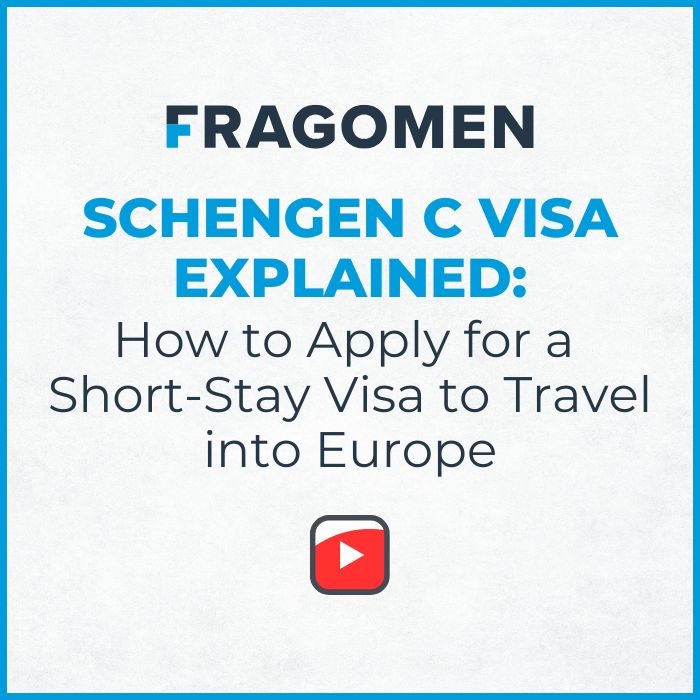Welcome Changes to the Temporary Work (Short Stay Activity) Subclass 400 Visa
February 28, 2015
By: Rebecca Milton and Tanya Shroff
Substantial changes to Australia’s Temporary Work (Short Stay Activity) subclass 400 visa came into effect on 23 November 2014, resulting in greater planning flexibility for businesses. Changes include extending the maximum visa validity period to six months (from first entry), thereby allowing employees to fill highly specialised positions for an extended period of time, where justified and extending the date of first entry from three to six months, thereby allowing employers to plan their workforce needs in advance and apply for a subclass 400 visa well before the skilled foreign worker is required on the ground in Australia.
Prior to these welcome changes, companies were often restricted by the subclass 400 visa being valid for six weeks or if warranted, up to three months. Under the new rules, the subclass 400 would generally be granted for three months. The employers wishing to request a visa beyond the three month period (up to six months) are required to meet additional criteria. These include providing a business case outlining the reasons for the extended duration, showing that the minimum wage standards will be met for the occupation and demonstrating that the proposed work or activities will not adversely impact Australian workers. Provided these criteria are satisfied, a six month subclass 400 visa will likely be granted.
The employers should be mindful that even though the subclass 400 visa validity period has been extended, the visa requirement that the foreign worker’s engagement in the work will be “non-ongoing” remains. A “non-ongoing” position would reasonably involve finalisation of a set of duties within a time period that does not exceed the period of stay granted, normally up to three months but may be up to six months if a strong business case has been provided. It is generally not appropriate for foreign workers to be “rotated” through a position that is ongoing, even if individual contracts are not strictly speaking “non-ongoing”. However, under the Department of Immigration and Border Protection policy, some flexible and facilitative approach may be undertaken where the intra-company transferre’s proposed engagement is considered to be short-term and non-ongoing, even where the position being filled may be ongoing, i.e. a project manager with proprietary knowledge/skills undertaking a short-term secondment to enable the incumbent manager to go on leave, including maternity leave.
Importantly, allowing foreign workers to enter Australia within six months from the date of visa grant, gives employers opportunity to plan ahead their workforce needs and apply for subclass 400 visa well in advance so that in the event of unanticipated circumstances, urgent issues or simply changes to project schedule, they can relocate the foreign worker to Australia at short notice. Generally speaking, employees requesting visas for ‘stand-by reasons’ will only be granted a three month visa which can be used for entry to Australia at any time within six months of the visa grant date. If the visa is not activated, it will expire six months from the date of issue and a further application may then be made. Employees can also seek a further subclass 400 visa when on stand-by provided its grant will not result in the employee spending more than six months of the preceding 12 months in Australia.
This new, more flexible subclass 400 visa is anticipated to bring significant benefits to companies who need to move staff at short notice. By now granting visa periods of up to six months, many of the staffing difficulties arising from the previous shorter visa period will be alleviated. If you believe your company could benefit from these changes, please do not hesitate to contact your local Fragomen contact for further information.
MARN 1068140 / MARN 1171560
© 2009 - 2015 © Fragomen, Del Rey, Bernsen & Loewy, LLP, Fragomen Global LLP and affiliates. All Rights Reserved.














